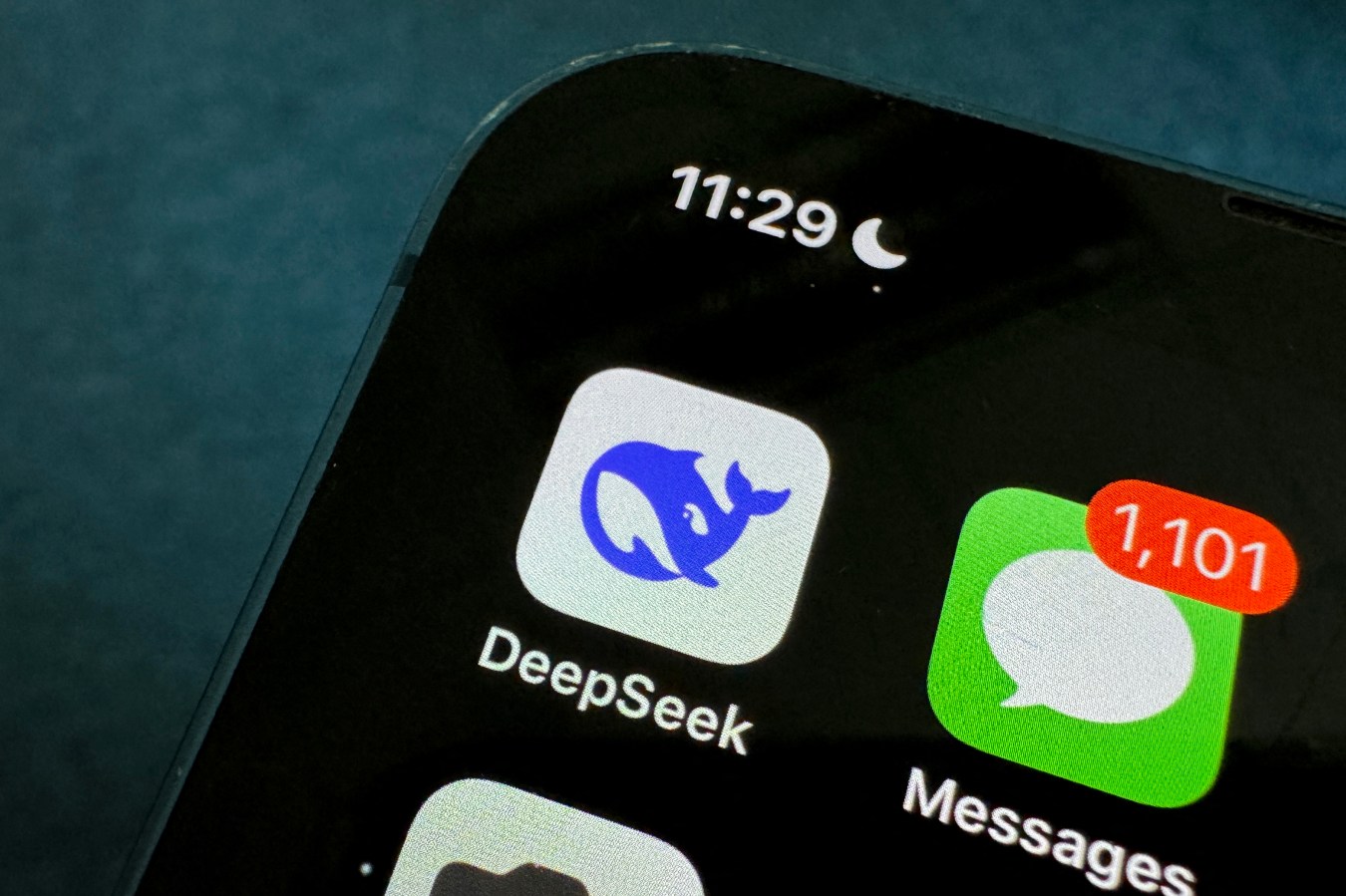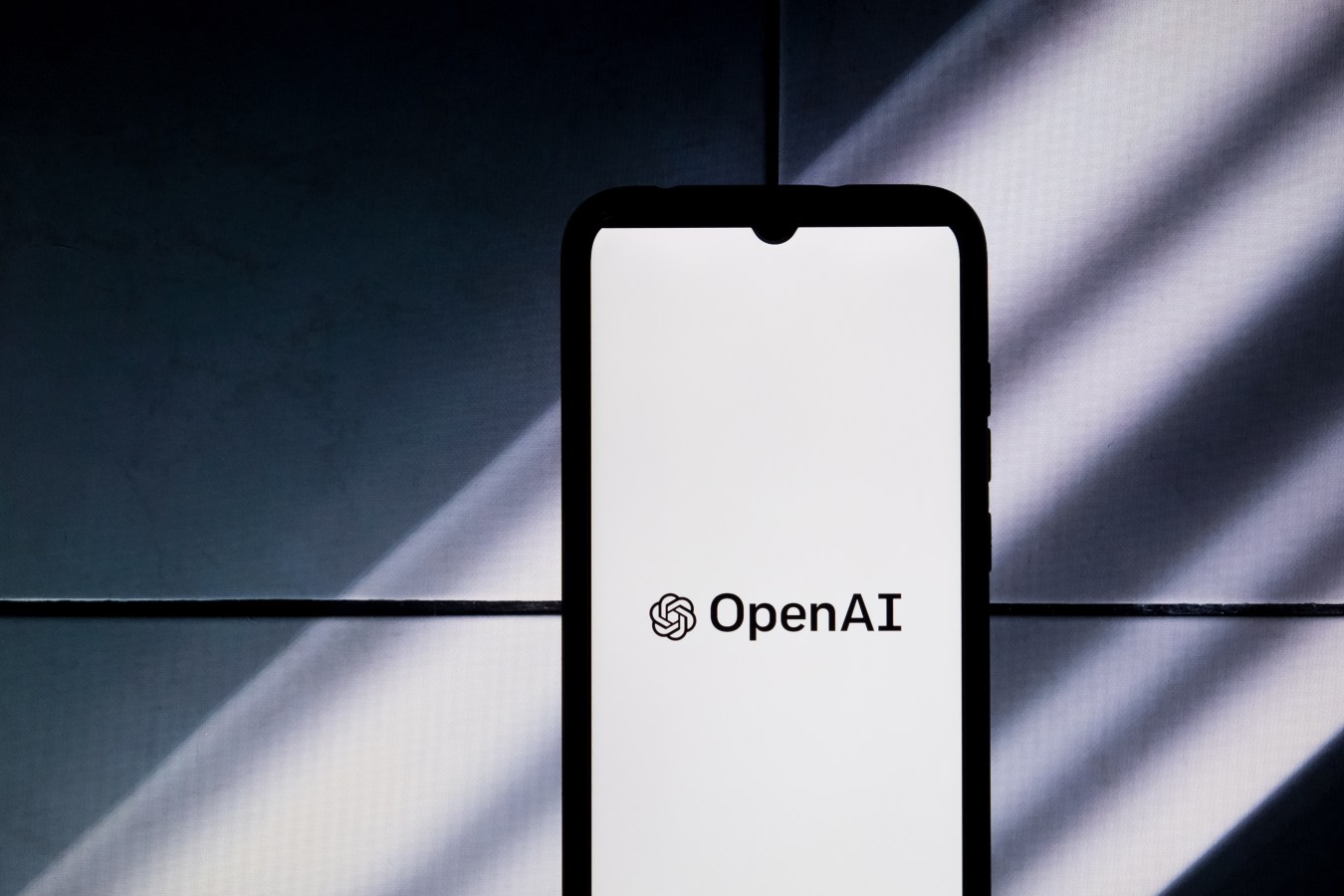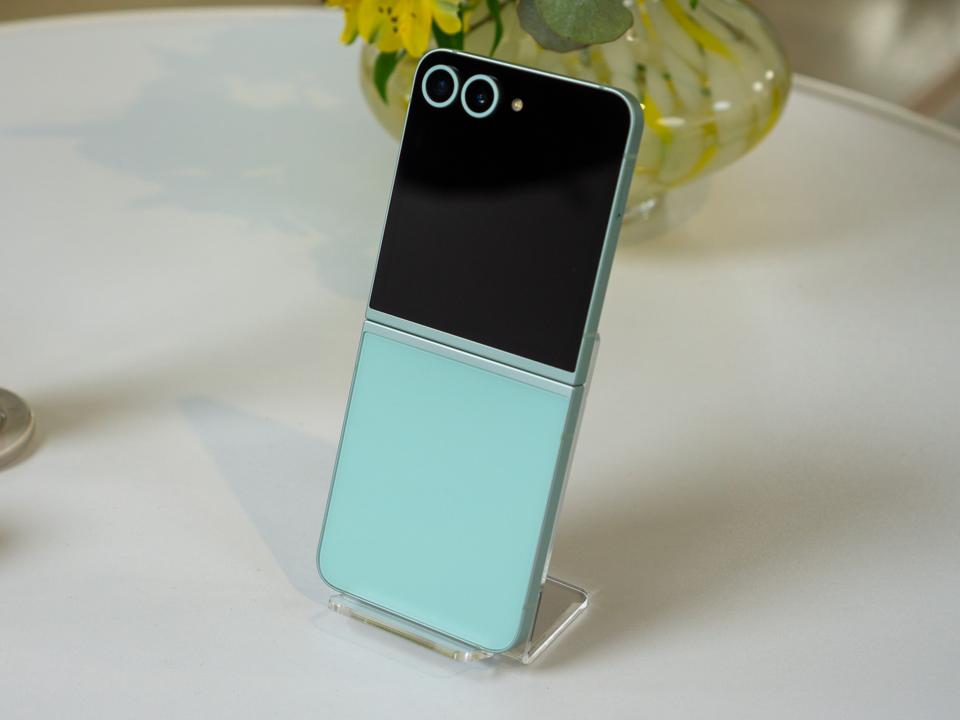As AI finds its way into every one of our devices including smartphones, it seems that we’re at the start of a new era in which these features may either streamline your workflow or simply overwhelm you. Samsung wants you to fall firmly into the former camp with the Samsung Galaxy S25 Ultra, along with all of its new Galaxy AI additions. After all, the new phone brings a slew of new AI-powered capabilities front and center. Is any of it worth your time and energy? That’s what I sought to find out.
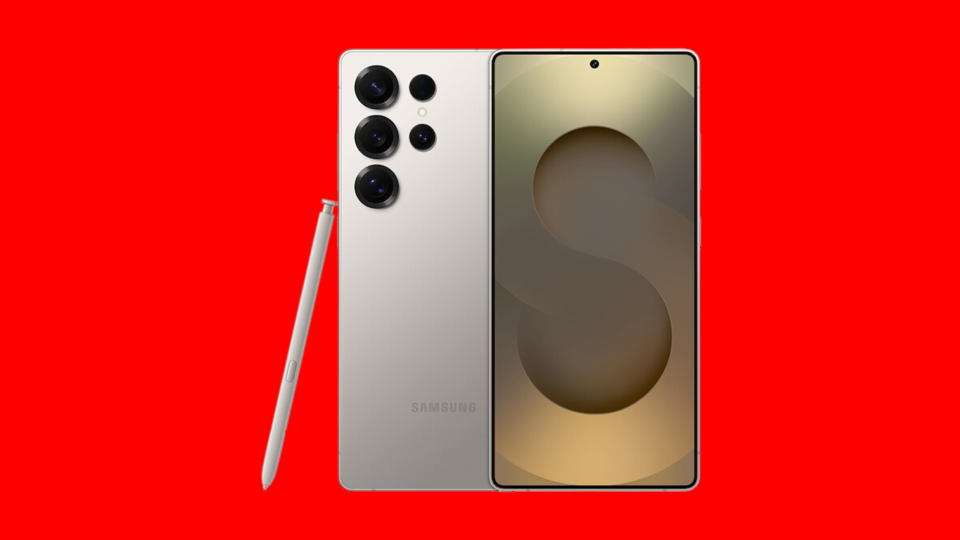
And in fact, there’s one standout AI feature in particular—more on that later—but Samsung threw in a lot of other software updates along with some smart design and hardware upgrades. After testing the Samsung Galaxy S25 Ultra for two weeks, here are my thoughts on design, performance and more.
Samsung Galaxy S25 Ultra
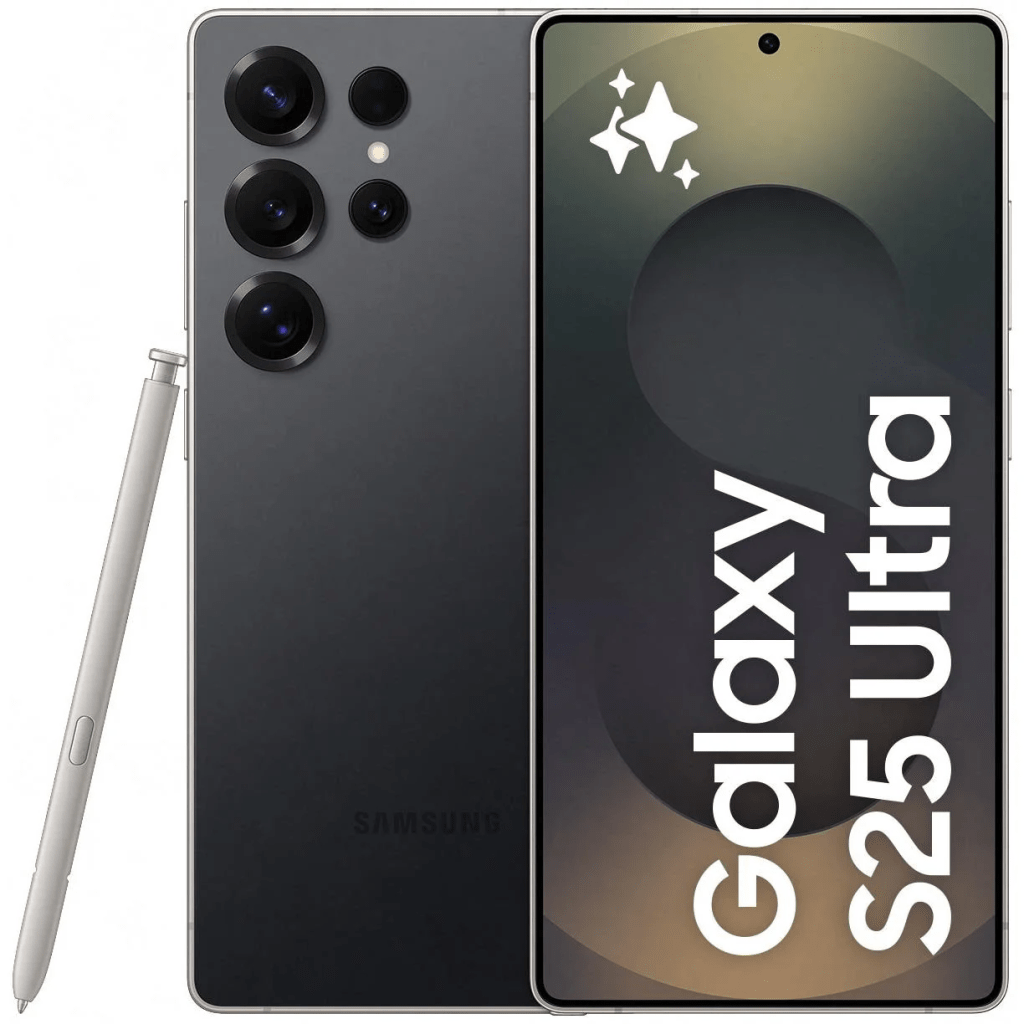
Display size: 6.9 inches | Display type: 3,120 x 1,440-pixel AMOLED, up to 120Hz adaptive refresh rate | RAM: 12GB | Storage: 256GB, 512TB and 1TB | Battery:5,000mAh | Front camera: 12MP | Rear camera: 50MP ultrawide; 200MP wide, 10MP 3x optical zoom, 50MP 5x optical zoom | Processor: Snapdragon 8 Elite for Galaxy
Best for:
- Photo buffs who want the best possible Samsung camera
- Durability, thanks to the titanium build
- Exploring what a cutting-edge, AI-infused smartphone has to offer
Skip if:
- You don’t want to spend $1,300 (or more) on a phone
- You’re exhausted at the thought of hauling around a giant slab phone
Samsung Galaxy S25 Ultra: Design
A Curvy New Look
Last year’s Samsung Galaxy S24 Ultra was a boxy beast; rather than rest the device on my pinky finger, I often used the pronounced right corner edge to rest the device on my palm. Samsung have felt this wasn’t the best idea long-term; the new model rounds out those curves for a sleeker build. I’m a fan of the new shape, but admittedly, the device now slides off my palm. You can solve the problem by getting a case, which can also further protect your device from accidental damage. You don’t necessarily need a case thanks to the titanium shell, but I do recommend one for peace of mind.

It feels lighter compared to the Samsung Galaxy S24 Ultra, which makes sense considering Samsung has somehow shaved off 15 grams. That’s not the only subtle change, either: The display also adds another 0.1-inch of display real estate and packs a 6.9-inch AMOLED display, up from 6.8 inches. The bezels look nearly flush with the display, and boy, does it look gorgeous.
One bigger design change? The S Pen stylus is now passive. It turns out that very few Samsung users wielded the S Pen as an active stylus (you could use it to control your camera for pictures and video, for example). So it’s logical the company removed this feature, especially since you can also use your Galaxy Watch to line up your video and pictures before recording or snapping. While I used it, I’m ambivalent about the loss, though it’s worth noting for die-hard active stylus users.
Samsung Galaxy S25 Ultra: Performance
A New Qualcomm Chip Storms Past The Competition
Under the hood, the Samsung Galaxy S25 Ultra sports a new Qualcomm Snapdragon Elite 8 for Galaxy chipset with six cores at 3.53GHz and two cores at 4.47GHz running on the latest Android 15 OS.

That’s great, to be sure, but we’ve gotten to the point where pretty much every new device feels speedy and responsive, running smoothly no matter what you ask of it. So, to determine just how powerful Samsung’s latest chip is, I ran a slew of benchmarking tests. I cross-tested core benchmarks against the Samsung Galaxy S24 Ultra, the Oneplus 13 and the Google Pixel 9 Pro—all Android devices that run on the same Android 15 software.
The Samsung Galaxy S25 Ultra’s CPU benchmark results were the strongest of the bunch, with a 2,536 single-core score and a massive 9,138 multi-core score. Comparatively, the Samsung Galaxy 24 Ultra mustered a 1,657 single-core and 5,479 multi-core scores, while the OnePlus 13 came close to besting the S25 with a 2,946 single-core score and a 8,789 multi-core score. Google, on the other hand, came in dead last at 1,898 and 4,300. So, what do these numbers all mean for you and your phone needs? The Samsung Galaxy S25 Ultra is the fastest Android chipset available right now—often by a significant margin. That comes in handy not only for gaming and streaming, but also using all of Samsung’s expanded Galaxy AI.
Expanded Galaxy AI And Partnerships With Google
These multi-core threads are essential to power not only Galaxy AI, but also the new Google Gemini integrations—now built into the power button. You could get them on the S24 Ultra, but the S25 makes it significantly easier to access without even unlocking the display. Long press and Google Gemini opens on your screen. There, you can ask or type any question and get a speedy response.
I love this partnership between Samsung and Google. In fact, I’ve been hoping for months that Samsung would finally answer my prayers to expand access—I’ve grown tired of the tedious legwork to find and open the Gemini app on my S24 Ultra. Now that it finally received the long press treatment, I feel like a kid at Christmas.
Still, as you might expect, I had mixed results. On one hand, Gemini gave me great faux itineraries if I wanted to act like a tourist in San Francisco for the day. Other parts weren’t so fantastic: Google Gemini still gave me inaccurate results when I asked it what time to leave my hotel in San Jose for a 10:45 a.m. flight out of San Francisco. It told me to leave at 8:45 a.m. when boarding began at 9:45 a.m., despite the fact that the taxi ride takes an hour minimum—and that’s before considering potential traffic. I strongly recommend that you double-check your Gemini results and use it as a starting point, not a single source of truth.

Samsung also introduced the Now Bar and Now Brief, both Galaxy AI features that can show you real-time, at-a-glance information. When I first heard about the Now Bar, I believed it to be Samsung’s response to Apple’s Dynamic Island. But it’s really not. The Now Bar sits on your lock screen or home page, depending on where you prefer to place it. Tap it once, and it opens the Now Brief, an AI-generated page that can show you the weather, top news stories and more on one page.
As for Now Brief, it clearly needs to learn your habits and preferences in order to offer you relevant information. I’ve had the device for about two weeks now, and it clearly takes more than that, in my experience. When I began testing it, the news stories I received were so alarming—and so off-the-mark from my usual browsing patterns that I contacted Samsung to troubleshoot how I could coax it to match my actual preferences. Ultimately, it truly comes down to time. If you see a news story you aren’t interested in, you can “hide” the site—which I ended up doing a lot—and if you like a story, you can let the AI know with a like button, too. Eventually, it made my experience much more pleasant.

Nonetheless, I enjoyed the Now Brief more than I thought I would. I could check the weeklong weather forecast without opening a second app; it proved very useful when planning my daily outings. I’m still waiting for the AI to learn more about me, but it can showcase more than just news and weather.
For example, if you connect your Samsung Galaxy Ring or other Samsung wearable, you can (in theory) check your health data from this page, as well. That said, I couldn’t get my health stats to appear on Now Brief. I blame that on my fairly sedentary lifestyle. After all, if I haven’t hit the gym inn a while, why would Now Brief want to share that? It did show me mindfulness exercises at night, but only after I set up my Samsung Health and connected my Ring. And, of course, this is all very, very new for the device, and I expect further updates and improvements to the Galaxy AI framework that will make this more useful.
Samsung Galaxy S25 Ultra: Cameras
Finally, A New Lens
Samsung may have focused on Galaxy AI for the past few years, but there are still some hardware surprises to be had. Case in point: The ultrawide lens finally received an upgrade, and it’s now a 50MP lens, up from just 12MP. After all, it was time for Samsung to set up to the plate: Comparatively, OnePlus 13 sports a 50MP ultrawide, and the Google Pixel 9 Pro has a 48MP ultrawide lens.

I tested it against its predecessor, the Samsung Galaxy S24 Ultra, throughout San Francisco, snapping images of the Painted Ladies, the Golden Gate Bridge and the Fisherman’s Wharf Ferris Wheel. The new ultrawide takes better images compared to its predecessor—in fact, it’s not even a contest, based on my testing. But another component stood out to me, too. Software updates to the S25 Ultra gave the images a more saturated, vibrant aesthetic post-processing. It was especially apparent when reviewing Golden Gate Bridge images. The same was said for the images of the Ferris Wheel using Samsung’s signature Nightography software. I’m a huge fan.
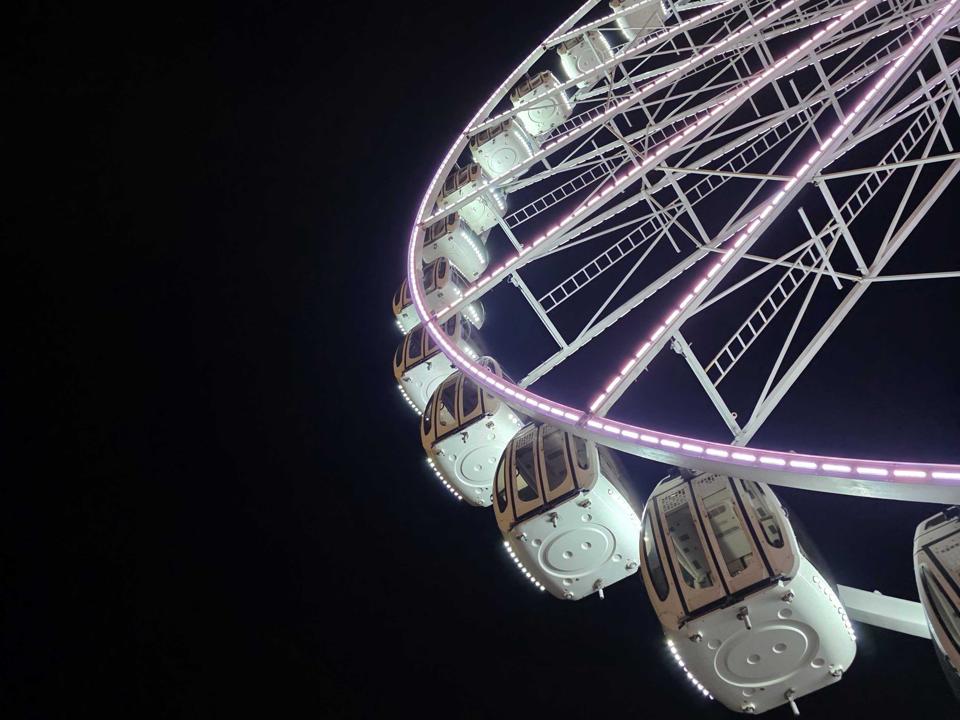
If you’re taking images in zoom, the images look pretty good—not as good as its competition, the OnePlus 13, that uses AI to review and enhance 100x zoom images, but it’s still pretty darn impressive. Unless you’re regularly using this feature, this won’t really matter to you, and it’s good enough that I was pleased with the results.
Samsung Galaxy S25 Ultra: Verdict
Samsung Surprises Make This New Phone A Winner
The improvements may feel small, but in reality, Samsung introduced tweaks that make this one of my favorite phones ever. It’s the best Android device on the market right now, and it’s hands-down the best Samsung phone available thanks to these upgrades. If you’re coming from a Samsung Galaxy S23 or earlier, it’s unquestionably worth an upgrade. After testing the device for two weeks, I firmly believe Samsung has yet again outdone itself. These unexpected surprises like the Now Brief will appeal to those that want to stay informed but don’t have time for deep dives—but it probably won’t be a great experience out of the box, and you’ll have to give it time to learn your preferences.
Those with the Samsung Galaxy S24 Ultra may not see as much of an improvement, so it’s fine if you prefer to stick with your current model. The Samsung S24 Ultra is still plenty powerful, and it’s probably only a worthwhile upgrade if you want the absolute latest AI and the new 50MP camera.
How I Tested The Samsung Galaxy S25 Ultra
I used the Samsung Galaxy S25 Ultra as my main phone for over two weeks. I took calls, snapped photographs of various subjects, sent messages and more. Diving into the software, I tested the Android 15 and Galaxy AI features, reviewing Now Brief and prompting Google Gemini throughout the day.
A lot of my time with this phone was spent extensively testing the camera, taking pictures across the device’s myriad lenses to see how well each performed. I carefully reviewed each photo for clarity, depth and image quality, noting how the algorithms adjusted my footage. I also tested the new 50MP ultrawide lens against the Samsung Galaxy S24 Ultra to see how its lenses and post-op algorithms held up against its predecessor.
My Expertise
I’ve been a tech journalist for over five years, including more than a year as the consumer tech and electronics editor at Forbes Vetted. In addition to testing the best gaming TVs and the best TVs for bright rooms, I’ve spent time interacting with the latest smart wearables and audio devices currently on the market, from the Ray-Ban Meta Smart Glasses to the SteelSeries Arctis Nova GameBuds and more.
In my time testing phones, I focus on aspects of interest to everyone, from folks who want a simple call-and-text device to heavy-duty mobile gamers who want a powerful and seamless experience. For this story, I focused on three features: the AI features, One UI 7 software and the new camera lens. As a result, my testing more s0 mimics how general users may interact with this phone as well as content creators who want to capture gorgeous footage for their feeds.
In addition to testing several products from Samsung, I’ve spent plenty of time testing a slew of mobile devices from other brands. I’ve deep-dived into the Apple ecosystem with the iPhone 16 Pro and reviewed plenty of Android devices, including the Samsung Galaxy Z Flip 6 and the Google Pixel 8. Before testing the Samsung Galaxy S25 Ultra, I tested the OnePlus 13.
This article was originally published on forbes.com.
Look back on the week that was with hand-picked articles from Australia and around the world. Sign up to the Forbes Australia newsletter here or become a member here.
